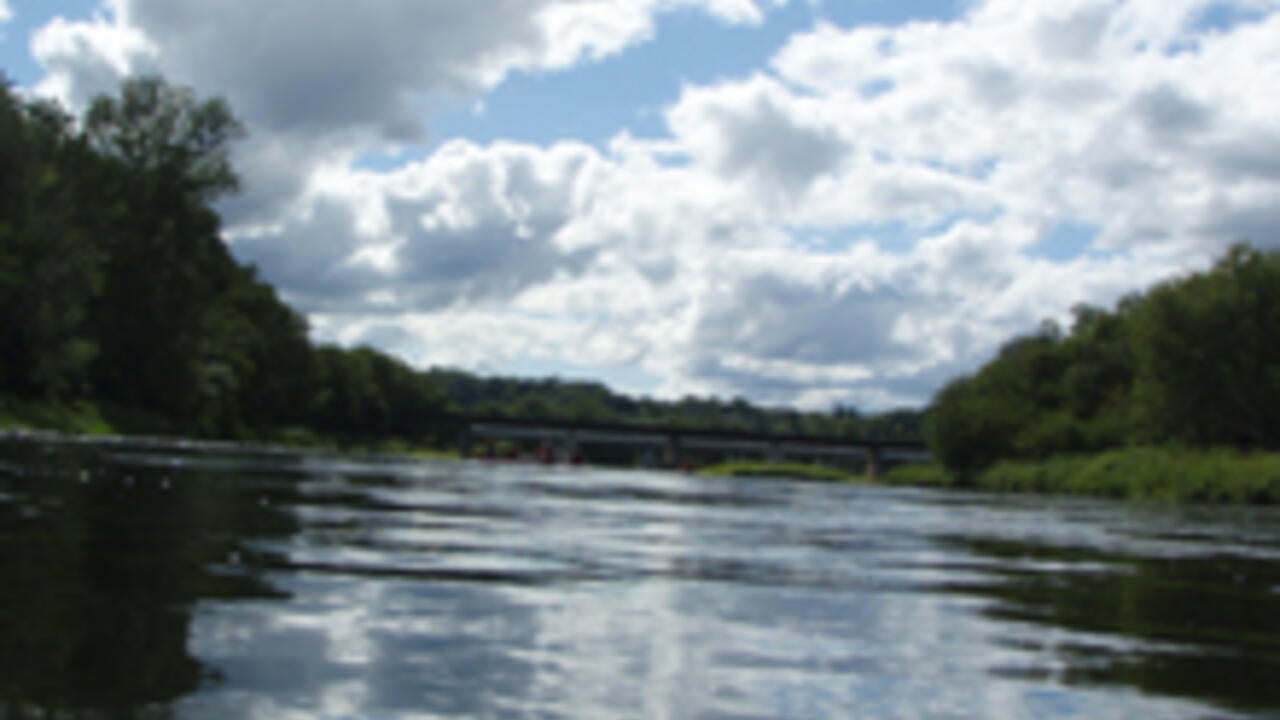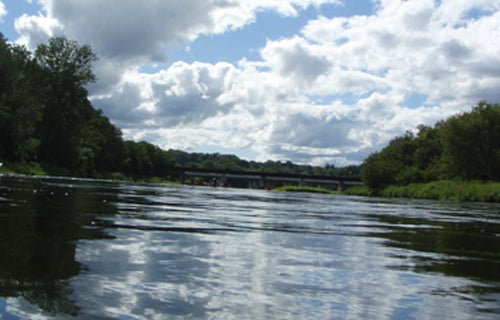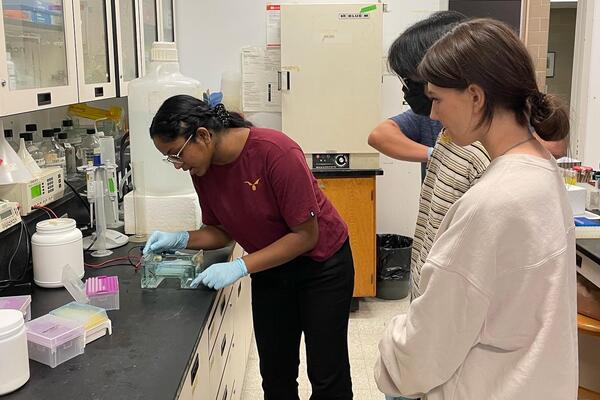
Grand River watershed could be showcase for smart water management
Population growth, intensive farming and climate change are putting pressure on Grand River, says Waterloo researcher

Population growth, intensive farming and climate change are putting pressure on Grand River, says Waterloo researcher
By Bob Burtt Marketing and Strategic Communications
The Grand River watershed in Southwestern Ontario has been studied by hundreds of researchers for decades and it’s time to bring the data together so the Grand River can become a showcase for smart water management, says a University of Waterloo researcher.
Hans Dürr, a professor in Waterloo’s Department of Earth and Environmental Sciences, plans to bring together water experts, managers and water users to probe the key water challenges facing the Grand River watershed.
“There is decades of research available, but the data is scattered. There are gaps in the data and some groups aren’t aware of what other research groups are doing. The time is right to bring everyone together,” Dürr says.
Rapid population growth and climate change affect river
The Grand River watershed is an important source of drinking water, recreation and tourism but rapid population growth, combined with intensive agriculture and climate change are all putting pressure on it.
Dürr is planning a workshop for the fall that will bring people together to create a strategy for smart water management for the Grand River.
Phosphorus to blame for declines in health of Lake Erie
One emerging issue the workshop will explore is the decades-long buildup of nutrients on farms and fields that are polluting the river and Lake Erie. Researchers are concerned about significant increases in the amount of phosphorus and other nutrients that go into the Grand River and eventually Lake Erie.
After steady declines of phosphorus in the 1970s and 80s, the trend has reversed itself since the late 1990s and poses challenges for the health of the Grand River and particularly Lake Erie. High levels of phosphorus and other nutrients have been blamed for the increasing algal blooms and the declines in the health of the lake. Much of the pollution that gets into the lake comes from the Grand.
Bans on the use of phosphorus in detergents in the early 1970s, together with decreased use of fertilizer, led to improved water quality in Lake Erie but those gains have likely been overtaken by new threats.
Dürr says some of the possible reasons that historic measures have not resulted in improvements today include:
Dürr hopes scientists will be able to grapple with these questions at the upcoming Grand River workshop. He hopes the gathering will be a first step to a smart water plan for the Grand River that can be used as a model for other river systems.

Read more
University of Waterloo researchers discuss the challenges faced by researchers amid rising antagonism in climate science discourse

Read more
The Faculty of Science signs agreements with Caribbean medical and veterinary schools to streamline student pathways to medical school

Read more
Student-run venture, Real Research, aims to provide Waterloo students more opportunities to get involved in research labs on campus
The University of Waterloo acknowledges that much of our work takes place on the traditional territory of the Neutral, Anishinaabeg and Haudenosaunee peoples. Our main campus is situated on the Haldimand Tract, the land granted to the Six Nations that includes six miles on each side of the Grand River. Our active work toward reconciliation takes place across our campuses through research, learning, teaching, and community building, and is co-ordinated within the Office of Indigenous Relations.